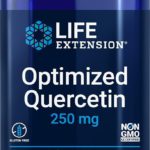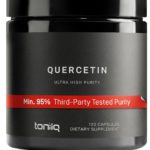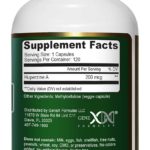Curious about what exactly palmitoylethanolamide (PEA) does to the brain? Well, PEA, a naturally occurring fatty acid amide, belongs to the family of endocannabinoids and has been gaining attention for its potential therapeutic properties. Synthesized in various tissues and particularly in response to inflammation and pain, PEA is believed to play a crucial role in modulating the immune response and promoting homeostasis. Though not classified as a traditional pharmaceutical drug, this compound, often referred to as a “nutraceutical” or a “dietary supplement,” shows promise in managing chronic pain and inflammation. So, let’s dive into the intriguing world of PEA and its effects on the brain.
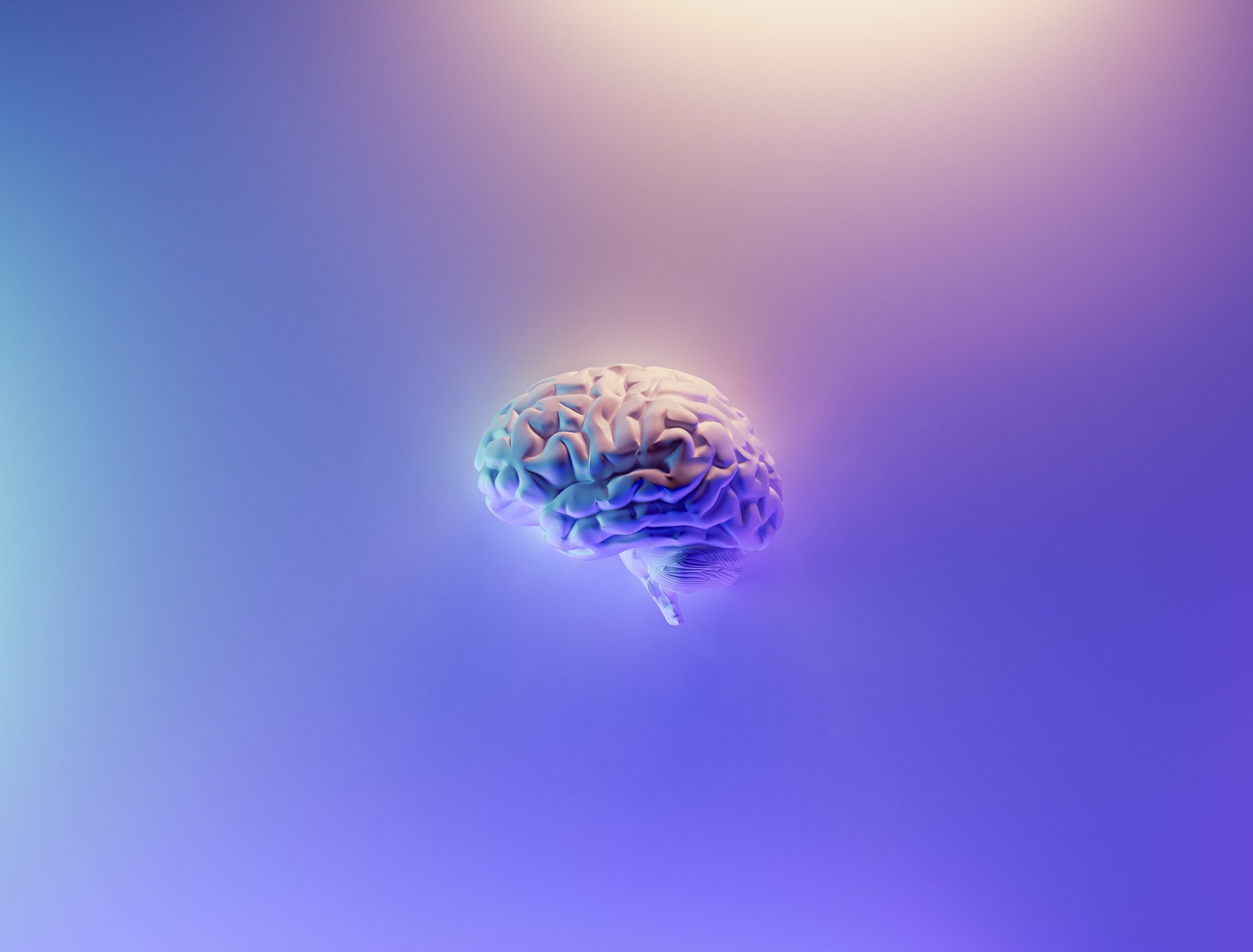
Overview of Palmitoylethanolamide (PEA)
Palmitoylethanolamide (PEA) is a naturally occurring fatty acid amide that belongs to the family of endocannabinoids. It was first isolated from soybean lecithin in the 1950s and has since gained attention for its potential therapeutic properties. PEA is synthesized in various tissues of the body, especially in response to inflammation and pain, and is thought to play a role in modulating the immune response and promoting homeostasis.
Definition and origin of PEA
PEA, also known as palmitoylethanolamine, is a compound that is naturally produced in the body. It is derived from palmitic acid, a common fatty acid found in foods such as meat and dairy products. PEA is primarily synthesized in response to inflammation and pain, and it is involved in modulating the immune response and promoting overall well-being.
PEA as an endocannabinoid
PEA is classified as an endocannabinoid due to its ability to interact with the endocannabinoid system in the body. The endocannabinoid system is a complex network of receptors and molecules that play a role in regulating various physiological processes, including mood, pain sensation, inflammation, and immune function. PEA acts as a signaling molecule within this system, binding to cannabinoid receptors and influencing their activity.
Synthesis and distribution of PEA in the body
PEA is synthesized in various tissues throughout the body, including the brain, liver, and immune cells. Its production is upregulated in response to inflammation and pain, suggesting a role in the body’s natural response to these stimuli. Once synthesized, PEA is distributed throughout the body, where it exerts its effects on various physiological processes, including pain modulation, inflammation reduction, and immune regulation.
PEA as a Nutraceutical and Dietary Supplement
PEA’s classification as a nutraceutical
PEA is often classified as a nutraceutical, which refers to a naturally occurring compound that has potential health benefits. Unlike traditional pharmaceutical drugs, nutraceuticals are derived from natural sources and are generally considered safe for consumption. PEA’s classification as a nutraceutical highlights its potential as a dietary supplement for promoting overall well-being and managing specific health conditions.
Health benefits of PEA
PEA has been studied for its potential health benefits in various conditions, including chronic pain, inflammation, neurodegenerative diseases, and mood disorders. Research suggests that PEA has analgesic and anti-inflammatory properties, which may be useful in managing chronic pain. Additionally, PEA has shown neuroprotective effects and has been investigated for its potential role in neurodegenerative diseases such as Alzheimer’s and Parkinson’s disease. PEA’s impact on mood disorders, such as anxiety and depression, has also been a subject of research interest.
Potential therapeutic properties of PEA
The potential therapeutic properties of PEA are attributed to its ability to modulate various physiological processes in the body. By interacting with the endocannabinoid system, PEA can regulate pain sensation, inflammation, immune function, and mood. Additionally, PEA has been found to inhibit the production of pro-inflammatory cytokines and promote the release of anti-inflammatory molecules, further contributing to its potential therapeutic effects.
Effects of PEA on the Brain
Mechanism of action of PEA in the brain
PEA’s mechanism of action in the brain involves its interaction with cannabinoid receptors, specifically the CB1 and CB2 receptors. These receptors are found throughout the central nervous system and play a role in transmitting and modulating various signals, including those associated with pain, mood, and inflammation. By binding to these receptors, PEA can influence their activity and impact the overall functioning of the brain.
Role of PEA in neuroinflammation
Neuroinflammation is a process characterized by inflammation in the brain, which can contribute to the development and progression of neurodegenerative diseases. PEA has been found to possess anti-inflammatory properties and can help modulate neuroinflammatory responses. By reducing inflammation in the brain, PEA may have a protective effect on the central nervous system and potentially mitigate the risk of neurodegenerative diseases.
Neuroprotective effects of PEA
PEA has demonstrated neuroprotective effects in various preclinical studies. It has been shown to enhance neuronal survival and reduce cell death in conditions associated with neurodegenerative diseases. PEA’s neuroprotective properties are believed to be mediated by its ability to reduce inflammation, regulate oxidative stress, and promote the maintenance of neuronal integrity. These effects highlight the potential of PEA in the prevention and management of neurodegenerative conditions.
PEA and Neurotransmitters
PEA’s impact on serotonin levels
Serotonin is a neurotransmitter that plays a key role in regulating mood, sleep, and appetite. Research suggests that PEA may influence serotonin levels in the brain, thereby affecting mood and emotional well-being. By modulating serotonin levels, PEA may have potential antidepressant and anxiolytic effects, making it a promising compound for individuals struggling with mood disorders.
Interaction with endocannabinoid receptors
PEA interacts with endocannabinoid receptors, particularly the CB1 receptors, which are widely distributed in the brain. This interaction can influence the release of neurotransmitters and modulate neuronal signaling pathways. By affecting the activity of endocannabinoid receptors, PEA may contribute to the regulation of mood, pain sensation, and other physiological processes in the brain.
Influence on dopamine levels
Dopamine is a neurotransmitter that is involved in reward and pleasure pathways in the brain. Studies suggest that PEA can modulate dopamine release, potentially impacting mood, motivation, and cognition. By influencing dopamine levels, PEA may have implications in the management of mood disorders, such as depression and anxiety.
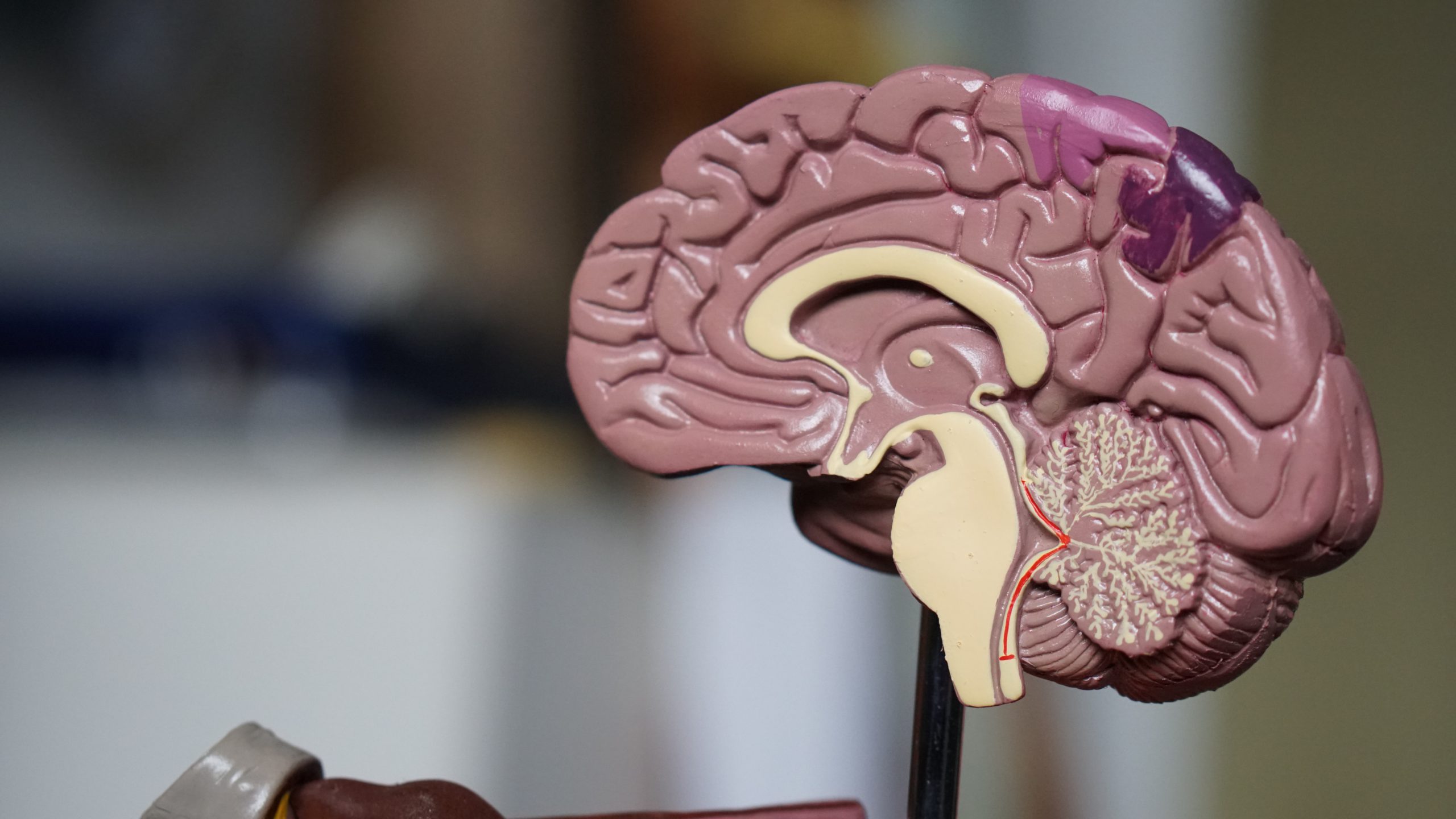
PEA and Pain Modulation
PEA’s role in reducing chronic pain
Chronic pain is a debilitating condition that affects millions of individuals worldwide. PEA has been studied for its potential analgesic properties and its ability to alleviate chronic pain. Research suggests that PEA can modulate pain signals by reducing sensitization of pain receptors and decreasing the production of pro-inflammatory molecules. These effects contribute to the overall reduction of pain and may provide an alternative or adjunctive approach to pain management.
Inhibition of pro-inflammatory cytokines
Inflammation is closely linked to the development and maintenance of pain. PEA has been found to inhibit the production of pro-inflammatory cytokines, which are key mediators of inflammation in the body. By reducing the release of these inflammatory molecules, PEA can help alleviate pain associated with inflammatory conditions and promote a state of homeostasis.
Effectiveness in neuropathic pain management
Neuropathic pain is a type of chronic pain that arises from damage or dysfunction of the nervous system. PEA has shown promise in managing neuropathic pain by modulating pain signaling pathways and reducing inflammation. Several studies have demonstrated the effectiveness of PEA in reducing neuropathic pain symptoms, making it a potential therapeutic option for individuals suffering from this debilitating condition.
PEA and Neurodegenerative Diseases
PEA’s potential in Alzheimer’s disease
Alzheimer’s disease is a neurodegenerative condition characterized by cognitive decline, memory loss, and neuronal degeneration. Research suggests that PEA may have potential therapeutic effects in Alzheimer’s disease. PEA’s neuroprotective properties, as well as its ability to modulate inflammation and oxidative stress, make it a promising compound for the prevention and management of this progressive neurodegenerative disease.
Possible application in Parkinson’s disease
Parkinson’s disease is a neurodegenerative disorder that primarily affects the motor system. Studies have investigated the potential of PEA in Parkinson’s disease and have highlighted its neuroprotective properties, which can help prevent the degeneration of dopamine-producing neurons in the brain. PEA’s ability to modulate inflammation and oxidative stress further supports its potential as a therapeutic adjunct in Parkinson’s disease management.
PEA’s role in multiple sclerosis
Multiple sclerosis (MS) is an autoimmune disease characterized by inflammation and damage to the protective covering of nerve fibers in the central nervous system. PEA has been studied for its potential immunomodulatory effects and its ability to reduce inflammation in MS. By modulating the immune response and reducing neuroinflammation, PEA may have a beneficial impact on the course of MS and provide relief for individuals living with this condition.

PEA and Mood Disorders
PEA and its impact on anxiety
Anxiety disorders are characterized by excessive and persistent feelings of fear and worry. PEA has been investigated for its potential anxiolytic effects and its ability to reduce anxiety symptoms. Studies have shown that PEA can modulate neurotransmitter systems involved in anxiety regulation, such as serotonin and dopamine. By influencing these pathways, PEA may help alleviate anxiety symptoms and promote a sense of calm and wellbeing.
Antidepressant effects of PEA
Depression is a mood disorder that affects millions of individuals worldwide. PEA has shown promising antidepressant effects in preclinical studies, suggesting its potential use as an adjunctive treatment for depression. PEA’s ability to modulate serotonin levels, enhance neuroprotection, and regulate inflammation may contribute to its antidepressant properties. Further research is needed to explore the effectiveness of PEA in clinical settings.
Role of PEA in stress response
Stress is a natural response to challenging situations; however, chronic stress can have detrimental effects on overall well-being. PEA has been studied for its potential role in regulating the stress response. Research suggests that PEA can modulate stress-related pathways and attenuate the negative effects of chronic stress on the brain. By promoting a balanced stress response, PEA may contribute to the management of stress-related mood disorders.
Safety and Side Effects of PEA
General safety profile of PEA
PEA is generally considered safe for consumption and has a favorable safety profile. Numerous preclinical and clinical studies have demonstrated the tolerability of PEA, even at high doses. PEA is a naturally occurring compound in the body and does not pose significant risks of adverse effects when used as a dietary supplement. However, as with any supplement or medication, it is important to consult with a healthcare professional before starting PEA supplementation.
Possible drug interactions
PEA is generally well-tolerated and does not have known interactions with most medications. However, it is important to note that individual responses may vary, and potential drug interactions cannot be ruled out completely. As a precautionary measure, it is recommended to consult with a healthcare professional if you are taking any medications to ensure safety and avoid potential interactions.
Common side effects of PEA
The use of PEA as a dietary supplement is generally well-tolerated, and side effects are rare. However, some individuals may experience mild gastrointestinal discomfort, such as nausea or diarrhea, when first starting PEA supplementation. These side effects are usually temporary and resolve on their own. If you experience any persistent or concerning side effects, it is advisable to consult with a healthcare professional.
Administration and Dosage of PEA
Forms of PEA supplementation
PEA is available in various forms, including capsules, tablets, and powders. These formulations allow for convenient and accurate dosing. It is important to choose a reputable brand and follow the manufacturer’s instructions for optimal results. Some PEA formulations may also contain additional ingredients to enhance absorption and bioavailability. Consider discussing with a healthcare professional to determine the most suitable form of PEA supplementation for your needs.
Recommended dosage of PEA
The recommended dosage of PEA can vary depending on individual needs and health conditions. It is advisable to start with a lower dosage and gradually increase if needed. Typical dosages range from 300 to 600 mg per day, divided into two or three equal doses. However, dosing may need to be adjusted based on individual response and guidance from a healthcare professional.
Peak plasma concentration and half-life of PEA
PEA is rapidly absorbed in the body, and peak plasma concentrations are usually reached within a few hours after ingestion. The half-life of PEA in the body is relatively short, ranging from 30 minutes to 2 hours. This short half-life suggests that regular dosing may be necessary to maintain optimal levels of PEA in the body.
Conclusion
In conclusion, palmitoylethanolamide (PEA) is a naturally occurring fatty acid amide that belongs to the family of endocannabinoids. It has gained attention for its potential therapeutic properties and is classified as a nutraceutical or dietary supplement. PEA has been found to have various health benefits, including its role in pain modulation, inflammation reduction, and immune regulation. Additionally, PEA has shown promise in neurodegenerative diseases, mood disorders, and stress response modulation.
PEA’s effects on the brain involve its interaction with the endocannabinoid system, modulation of neurotransmitters, and influence on pain signaling pathways. It exhibits neuroprotective effects, reduces neuroinflammation, and may have implications in the management of conditions such as Alzheimer’s disease, Parkinson’s disease, and multiple sclerosis. Furthermore, PEA has shown potential in alleviating anxiety symptoms and exhibiting antidepressant effects.
PEA supplementation is generally considered safe, with a favorable safety profile. It is well-tolerated and has rare side effects. However, it is important to consult with a healthcare professional before starting PEA supplementation, especially if you are taking any medications.
In terms of administration and dosage, PEA is available in various forms, and the recommended dosage can vary depending on individual needs. Starting with a lower dosage and gradually increasing is advisable, and regular dosing may be necessary to maintain optimal levels of PEA in the body.
In summary, PEA holds promise as a nutraceutical and dietary supplement with potential therapeutic effects on the brain. Further research is needed to fully understand its mechanisms of action and explore its therapeutic potential in various health conditions.

